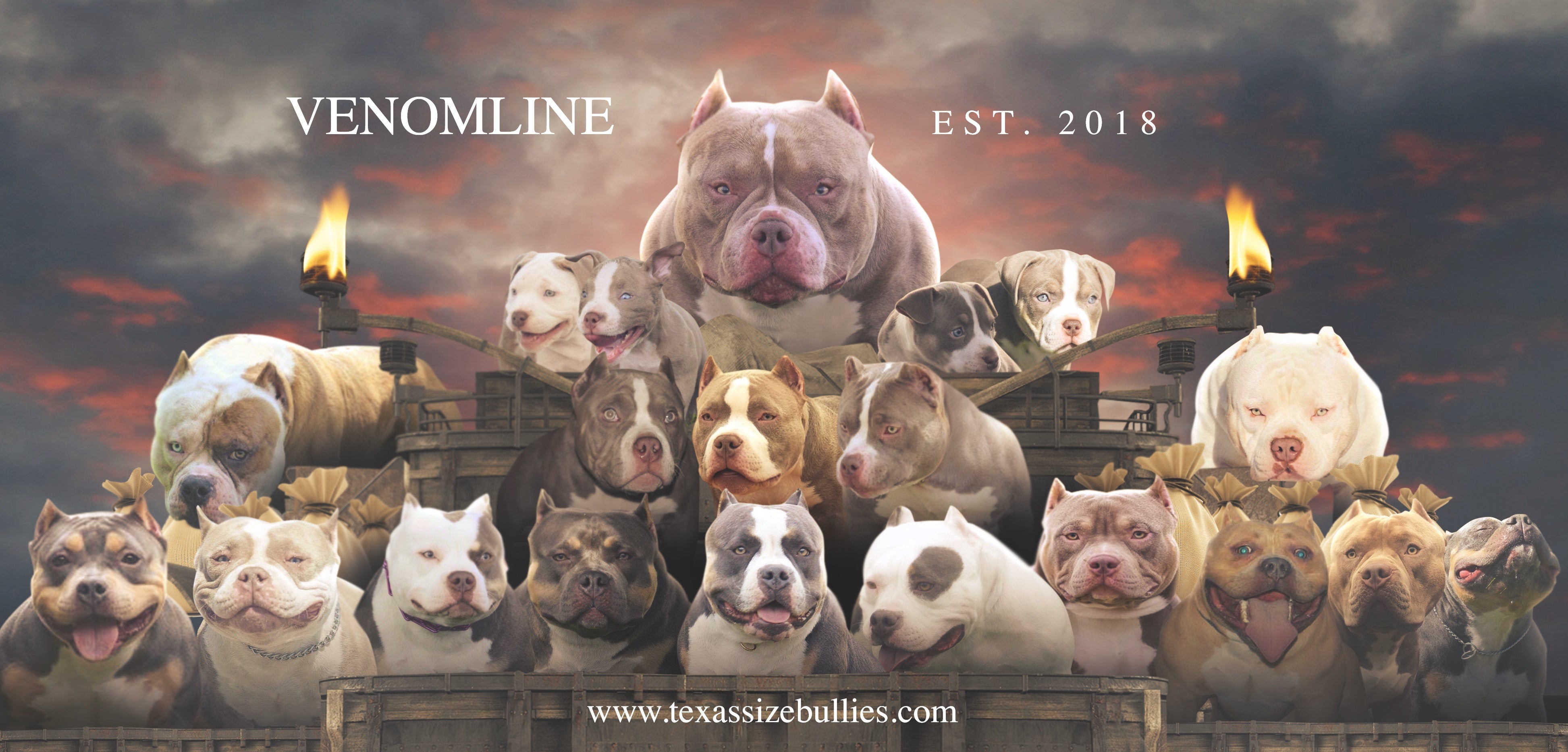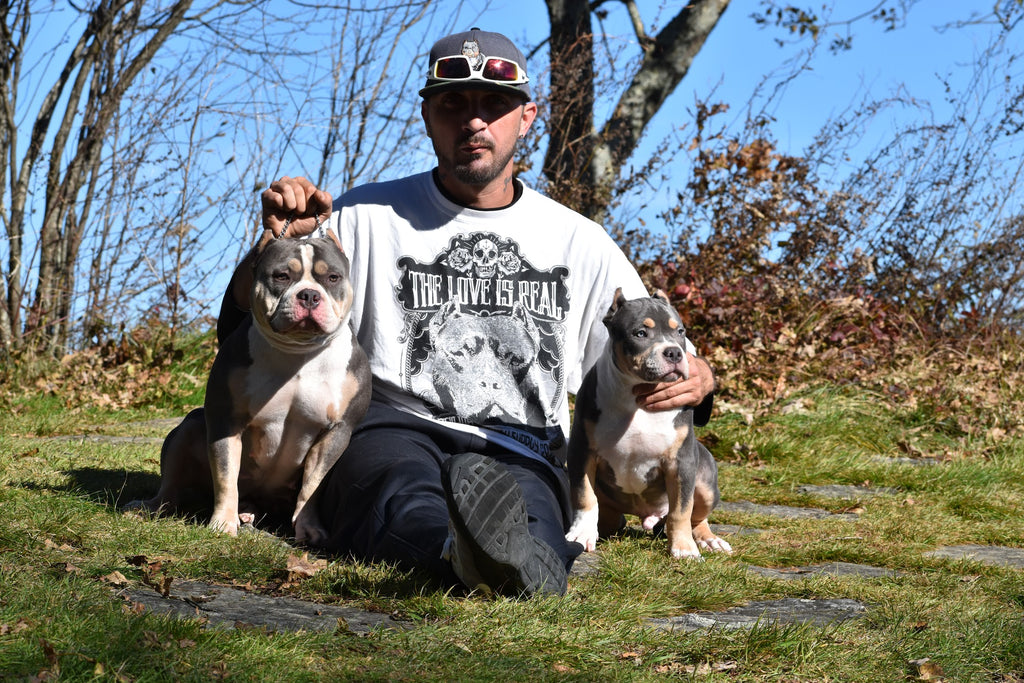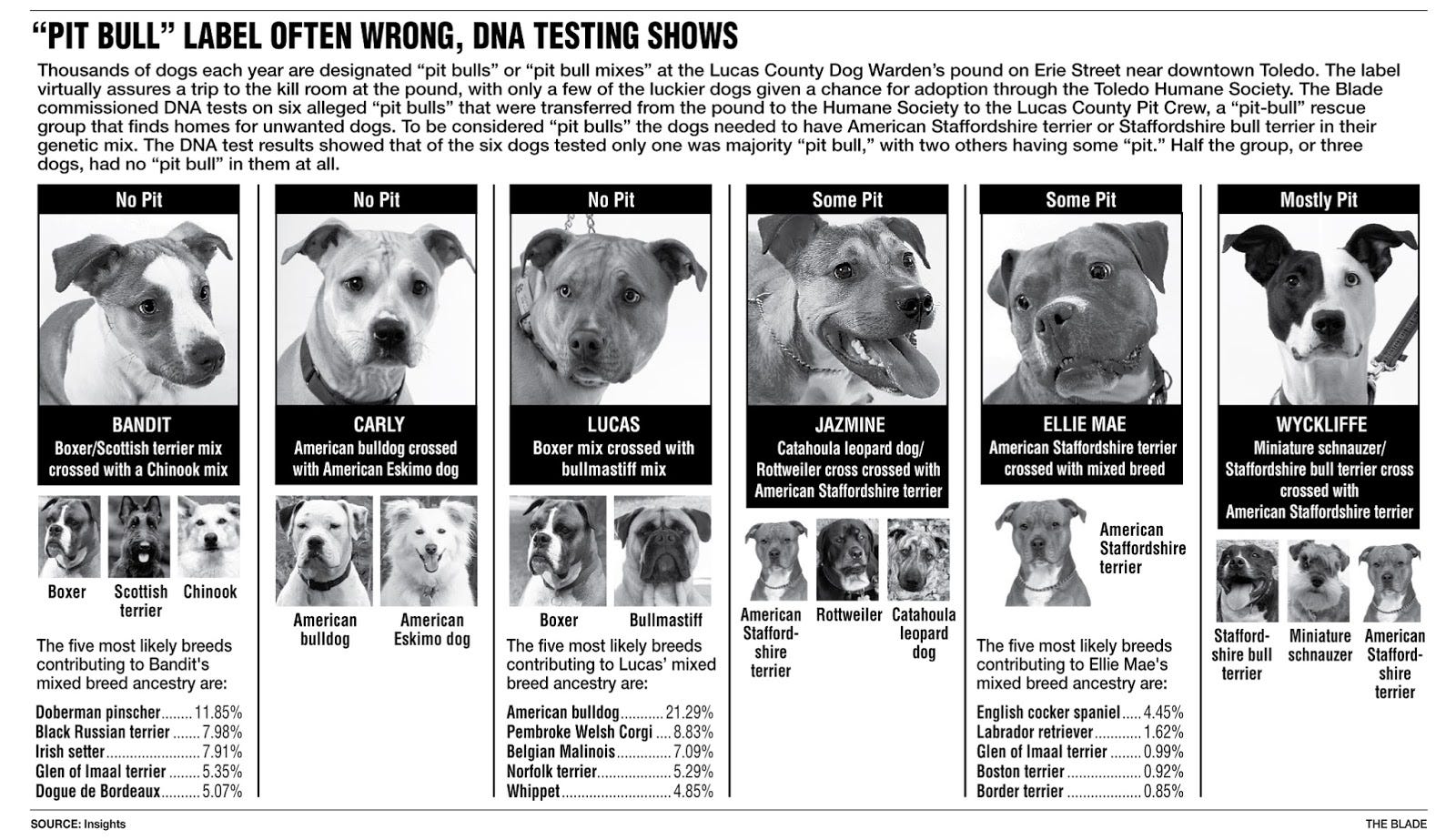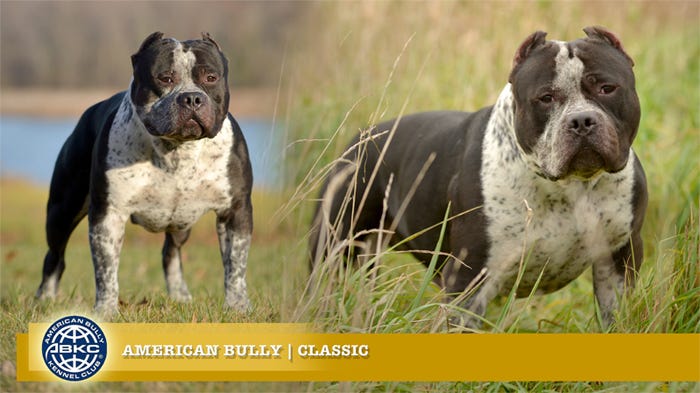UNDERSTANDING PROGESTERONE TEST RESULTS & DETERMINING OPTIMAL BREEDING DAYS IN THE AMERICAN BULLY BREED
AMERICAN BULLY BREEDING SIMPLIFIED | DETERMINING THE BEST BREEDING DAYS USING PROGESTERONE TEST RESULTS

Article by Jon Raum BULLY KING Magazine
Looking on the internet for information on progesterone testing is a nightmare. It’s nearly impossible to find information on what the #’s mean, or what numbers that would be ideal for breeding. Several websites will offer different advice and many vets aren’t helpful at all.
So what numbers am I looking for when progesterone testing?
When do I start progesterone testing with my female?
What numbers are best for an AI (Artificial Insemination)?
Well that depends on the type of Artificial Insemination you will be doing, if the Stud is local or you’re receiving shipped fresh chilled or frozen semen.
We’ll break it down for you in a way that’s simplified and won’t make you go cross-eyed. For you slow readers, skip to “Cheat Codes”

The use of artificial insemination in the dogs has experienced a tremendous increase in popularity over the last several years due to bot its increased success rate and the flexibility it allows the dog breeder. A stud dog can be utilized successfully and easily from thousand of miles away, allowing the breeder to choose the best genetics for his or her bitch without the risks, expense, and other difficulties associated with transportation of the bitch.
A previous or current champion’s genetics can be preserved indefinitely through the use of frozen semen. There are several factors that determine the success or failure of artificial insemination. The most important of these factors is proper timing of the insemination.
Old rules of thumb such as breeding between days 10 to 14 will not work in every case because of the variable length of standing heat (receptivity) and because the optimum time to breed may occur any time during, before, or after standing heat. Vaginal smears have been used to help diagnose the proper time to breed. They are at most, helpful as a rough guide to know when to begin insemination when doing a natural breeding (Live AI) But they are not accurate enough to use alone when utilizing fresh chilled or frozen-thawed semen.
A more exact method to properly time insemination is to measure serum progesterone levels. During estrus, progesterone levels are as low as 0–2 ng/ml early on, rise to levels of 2.0–2.9 ng/ml during the LH surge (Lutenizing Hormone; initiates ovulation), continue to rise to 4–8 ng/ml on the day of ovulation (2 days after the LH surge), and may peak at levels as high as 25 ng/ml post ovulation.
After ovulation has occurred, the oocytes (eggs) must go through a maturation process before they are capable of being fertilized. This process takes approximately 2 days. When fully mature, eggs can then be fertilized for about 48 hours. Thus, the optimum time to breed when using fresh chilled semen is 2 days after ovulation and 3–4 days after ovulation when using frozen semen due to its shorter life span.

If previous breeding history is unknown, begin progesterone testing 4–6 days after the onset of heat. If the levels of progesterone are baseline, then the dog should be retested every 3–4 days until a level of progesterone is detected that is consistent with the onset of the LH peak.
Call the stud owner as soon as the bitch is showing signs of heat. Contact the Stud owner after the first progesterone test is performed to begin coordination and planning of the semen shipment.
It has often been said “Timing is everything” and this is certainly true when using artificial insemination in the bitch. By planning ahead and using these guidelines, one can maximize the probability of pregnancy.
PROGESTERONE
Progesterone is a hormone produced by the ovaries that rises as the heat cycle progresses. Early in the heat cycle the progesterone values will usually read less than 1.0 ng/ml. The first significant rise in progesterone usually coincides with the “LH Surge”. The LH stands for luteinizing hormone and is released by the pituitary gland in the brain.
Ovulation occurs about 48 hours after the LH surge. The progesterone level at the time of LH surge is usually about 2–3 ng/ml. The progesterone will rise to about 5–8 ng/ml at the time of ovulation. Canine eggs are not ready to be fertilized at the time of ovulation and take about 2 days to mature. Once mature the eggs remain fertile for 2 to 3 days and then begin to deteriorate.
Fresh chilled breeding’s are usually performed 48 hours after ovulation and frozen breedings about 72 hours after ovulation. Due dates can be determined by counting forward 65 days from the LH surge (LH surge is day 0) or 63 days from ovulation. This is accurate +/- one day.

CHEAT CODE
When your female goes into heat the first drop of blood is counted as “day 1 of her heat.” Schedule a progesterone test with your vet for day 4 or 5. Based on her progesterone test results, your vet will instruct you on when to come back for a follow up test.
There is no single exact number for determining the time of ovulation; we are looking for a number between 4ng/ml to 8ng/ml as the start of ovulation. Most typical bitches ovulate around 5ng/ml.
The magic number you’re looking for is 5ng/ml. Example: If you test on a Monday and she is at 3.9 and then you go back and test again on Wednesday and now she’s at a 6.5… You know that she passed 5ng/ml on Tuesday. Count Tuesday as when she ovulated (dropped her eggs)
DETERMINING BREEDING DAYS
Once you’ve determined the day of ovulation by using the method above, you now know (approximately) when she dropped her eggs.
The best day(s) to breed will next depend on which type of Artificial Insemination you will be doing.
Ask your vet if they perform Surgical AI and TCI beforehand so you know your options.
BREEDING DAY(S) CHEAT CODES

NATURAL BREEDING (LIVE AI)
This is where the Stud is collected next to the female and an AI is performed or the 2 dogs are allowed to mate. Most breeders will opt for a live AI instead of letting the dogs mate in order to avoid injury to the stud dog.
24–48 hours (1–2 days) after progesterone reaches 5ng/ml. Skip a day and do a 2nd AI if you have the option available to you.
FRESH CHILLED SEMEN
48 hours (2 days) after progesterone reaches 5ng/ml.
FROZEN SEMEN
72 hours (3 days) after progesterone reaches 5ng/ml.
TYPES OF ARTIFICIAL INSEMINATION
Artificial insemination (AI) can be performed by a number of different methods and utilizing sperm from fresh, extended or frozen sources.

There are 3 Common Methods used in Artificial Insemination:
AI, Surgical Insemination and TCI (Transcervical insemination)
All 3 methods will work, but when shipping in a Stud we recommend Surgical Insemination or TCI.
Both Surgical Insemination and TCI have higher %’s of success with shipped semen. Ask your vet about the methods that they perform and are most experienced with. If you’re shipping semen in and your vet offers surgical or TCI options.
SEMEN
As a general, rule stud dogs should produce 10 million sperm per pound of body weight and have more than 75 percent progressive forward motility with less than 20 percent miscellaneous morphologic defects. Since “normal” dog semen lives another 3-to-7 days in the bitch, the better the semen quality, the more leeway there is in ovulation timing.
Too few sperm, abnormal sperm, or poor motility may all result in poor fertility. Semen evaluation of the male prior to a breeding is always recommended, but if it wasn’t done before breeding and the bitch fails to conceive, it should be done after the bitch is determined to be not pregnant. Sometimes this can be overcome by intrauterine insemination or multiple inseminations, but in other cases, the infertility may be too severe.
EVERY FEMALE IS DIFFERENT

With most female dogs they enter their cycle every 6 months but may vary as much as 4 to 12 months between cycles. Variation can exists between the length of the “heat cycle”, with the range being as short as 4 days up to 3 weeks in length. The average time from the onset of heat to the actual mating period is 9 to 11 days.
Making matters more confusing, some dogs have “silent heats” meaning little or no obvious signs of heat such as swelling or bleeding. Some females could have whats called “split heats” where they go into a heat cycle but stop short without ovulating and then go into a fertile heat period weeks later. Heat cycles can vary meaning that just because she was ready to be bred on the 11th day the last heat doesn’t necessarily mean she will be ready on the 11th day of the next heat.
DECIDING ON A STUD
A Stud that is an actual Producer can out produce themselves on a consistent basis. They are the few with the ability to stamp their look with every litter.

Read: Choosing a Stud Dog
SHOW DOGS VS STUD DOGS
“A dog can be a truly great show dog and a poor sire. A dog can hate the show ring and never win a point and be an outstanding sire. It is just as simple as that.”
The biggest mistake breeders, novice or veteran, can make is to confuse their show dogs with their breeding dogs. They can be the same. We hope they will be the same. Often they are not.
There are those who say show wins are the indicator of a dog’s value to the breed. In other words, if many judges agree a particular dog is the current ideal in its breed, the dog should be bred to. I agree — but only to a degree.
You can get every judge in the country to agree that the dog of the hour is the dog of the hour, but that same dog can be a complete disappointment in the breeding department.
If a dog’s quality is not realized in the whelping box, all we have is a box full of ribbons and nothing more.
This is not to say a winning dog cannot also be an outstanding producer. Records prove otherwise. But I cannot stress strongly enough that it is the producing ability that must be looked to and not the show record!
BEFORE DECIDING TO HAVE A LITTER

Ask yourself what you are looking to achieve by producing a litter of puppies. Do you have enough money saved for ultrasounds, X-rays and a c-section?
What about an emergency?
The last thing you want to have happen is an emergency with your female and then not being able to provide the care she needs. This could cost you the entire litter and possibly worse, the loss of your female.
Are you able to provide proper care for the puppies? Can you afford to bring the pups in to the vet for the necessary shots and vaccinations or do you know how to administer vaccines and de-worm the puppies?
Do you have a market to sell the pups? Are the parents registered? If they don’t have papers, you can forget about selling the puppies. Hold off until you have a quality female with a good pedigree and registration papers.
You’ll save yourself a ton of work and a long exercise in breaking even if you’re lucky, but most likely it will be a loss.
Some who are new to breeding, think that they will have a litter and just sit back and count cash all day while playing PS4. It doesn’t work like that, this requires a ton of work, dedication and sleepless nights.
Hopefully this aids responsible breeders in the process of producing healthy pups.
Article brought to you by BULLY KING Magazine with Interviews and advice from Venomline & Venomline South

The #1 Internationally Distributed Bully Breed Magazine & Digital App
To get the latest news, articles and features including full access coverage on the Top American Bullies: Subscribe to BULLY KING Magazine
There are Two Ways to Subscribe:







































 Like many modern breeds, it is impossible to be completely sure of the details of the American Pit Bull Terrier’s long history. However, many pit bull enthusiasts believe the origins of the breed can be traced back to antiquity and the Molossian family of dogs.
Like many modern breeds, it is impossible to be completely sure of the details of the American Pit Bull Terrier’s long history. However, many pit bull enthusiasts believe the origins of the breed can be traced back to antiquity and the Molossian family of dogs.

 Stubby was so incredibly badass there’s too many war stories and tales of heroics to write, but you can find them
Stubby was so incredibly badass there’s too many war stories and tales of heroics to write, but you can find them 



































 It is real, and when you’re in it, and can’t see out of it, it is absolutely hopeless. I knew my mom couldn’t bear to lose another son.I write this not as a melodramatic story on what I went through, I am writing this for anyone going through the same. I was hopeless. 12 different times, in 2 different states, and once in Mexico.. I traded my freedom for a jumpsuit and some shitty slippers.
It is real, and when you’re in it, and can’t see out of it, it is absolutely hopeless. I knew my mom couldn’t bear to lose another son.I write this not as a melodramatic story on what I went through, I am writing this for anyone going through the same. I was hopeless. 12 different times, in 2 different states, and once in Mexico.. I traded my freedom for a jumpsuit and some shitty slippers.
